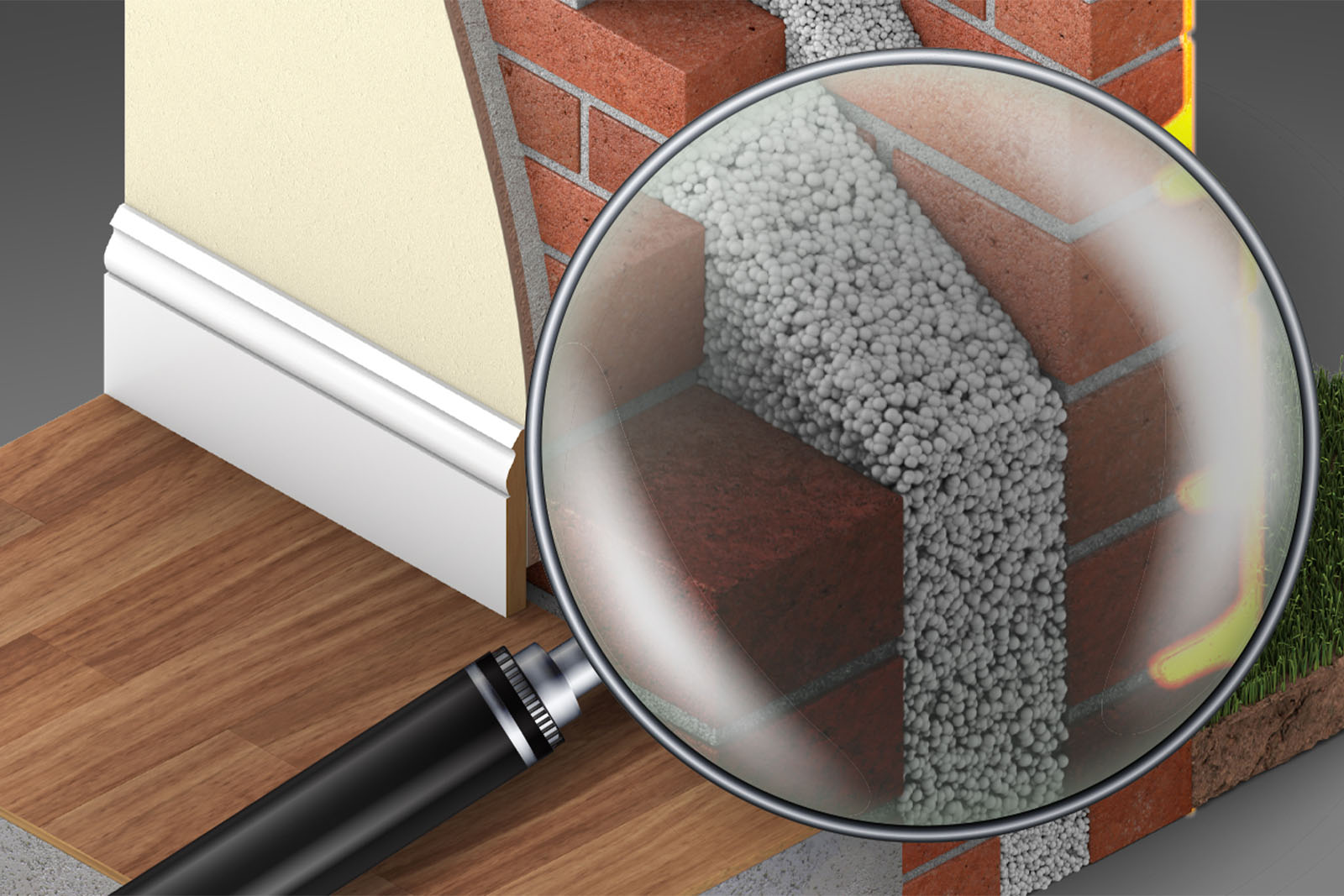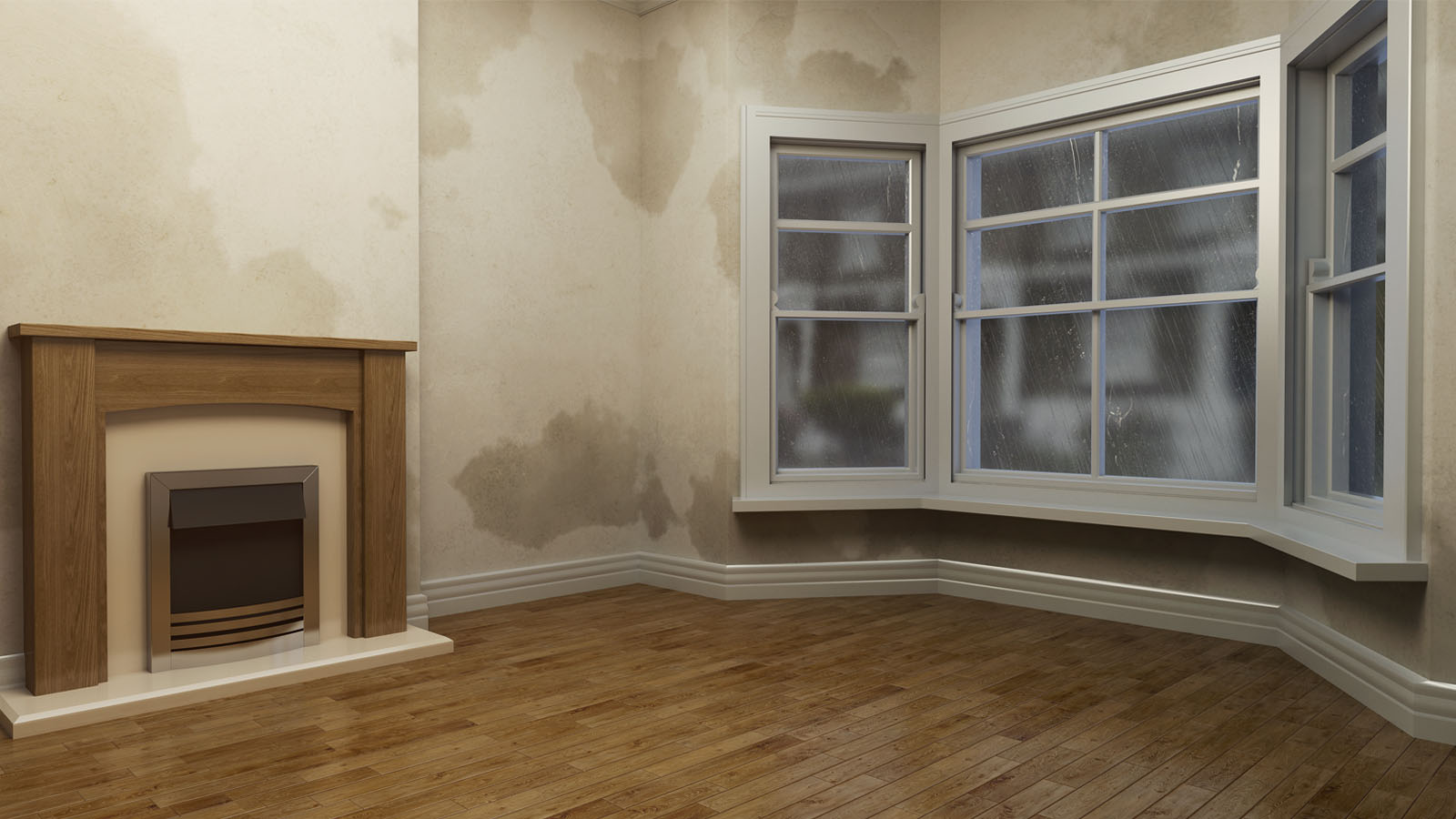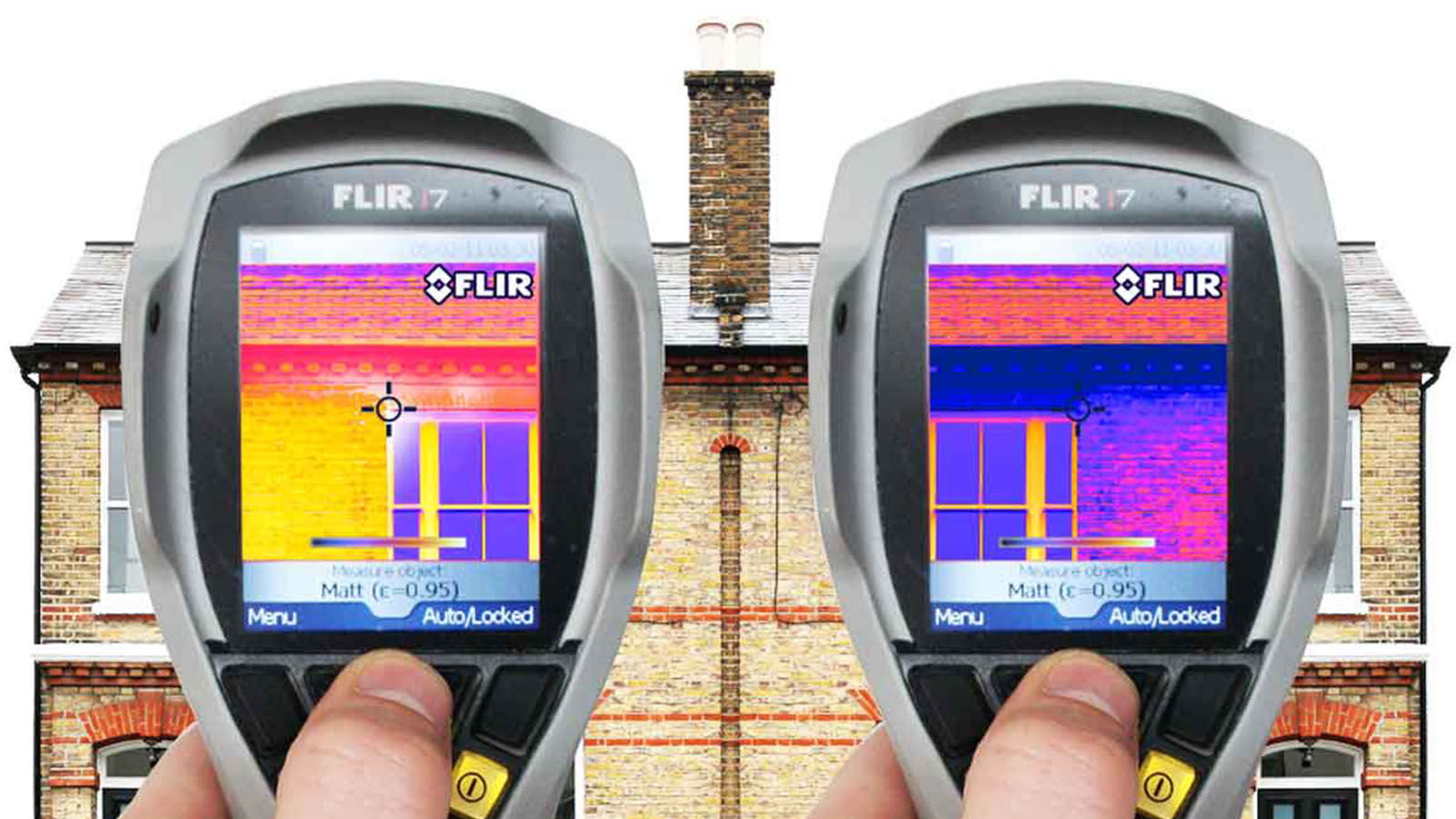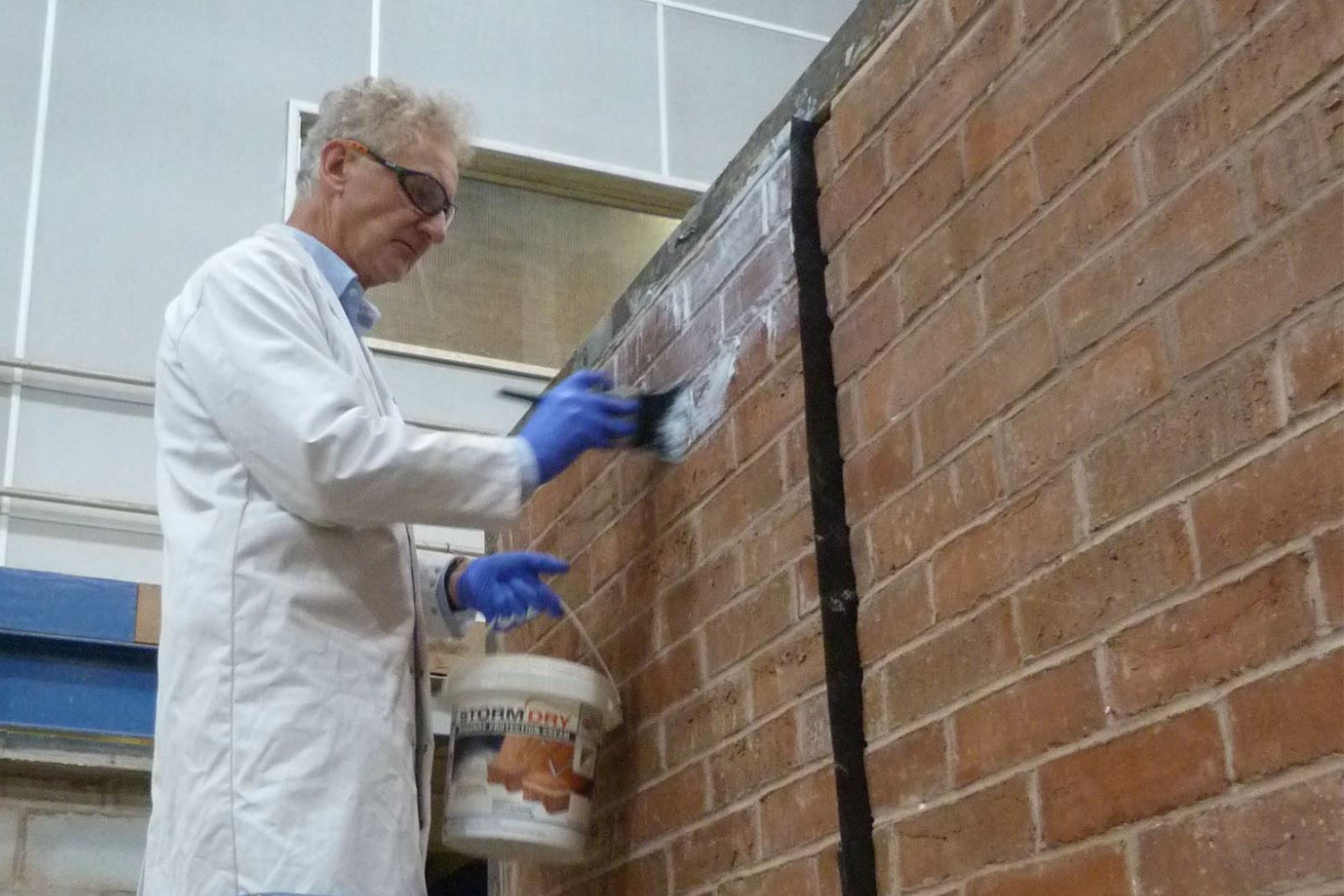Cavity wall insulation and Stormdry Masonry Protection Cream

The majority of UK housing stock has cavity walls. There are around 12 million homes that are suitable for cavity wall insulation. Most, if not all, new homes built since the first half of the 20th century have cavity walls. In cavity wall construction, two brick walls are built with a narrow gap of at least 50mm. The gap catches moisture absorbed by brick to prevent it from reaching the interior wall. Empty cavity walls are effective at keeping away wind-driven rain, promoting air circulation. Empty cavity walls are also sources of heat loss.
Amid rising energy costs and Government-funded home insulation grants, cavity wall insulation is essential. Around 70% of cavity wall homes are already insulated (14.3 million properties) and homes in 2022 are usually built ready-insulated.
Cavity Wall Insulation is the process of filling the gap between two skins of a wall with insulative material. This material is usually Blown Mineral Fibre, Urea Formaldehyde Foam or Polystyrene. Filling this cavity results in a drastic improvement of a home’s heat retention properties, especially in older properties. However, this type of retrofit can introduce damp problems.
Cavity wall retrofit insulation and penetrating damp

Wind-driven rain causes penetrating damp. Weather-facing masonry can take a beating, especially when you take into account the natural absorbency of brick. By design, cavity walls take into account brick’s absorbent properties. When penetrating damp saturates that outer leaf, the void space traps moisture to leave the interior safe and dry.
More information on the science behind penetrating damp
The Green Homes Grant and ECO schemes were well-intentioned Government initiatives to encourage energy-saving retrofits. Ill-equipped suppliers entered the market, hungry for newly-awarded home insulation grants. Due to this, some contractors have installed cavity wall insulation in unsuitable homes. They have overfilled cavities and installed insulation in houses with damaged masonry and pointing. As the cavity is not visible, it is difficult to tell if faulty work has been carried out until the homeowner notices the negative effects.
When moisture penetrates this filled cavity, it saturates the insulation and bridges the two leaves of the wall. This manifests as damp patches on interior walls. In some cases, the insulation may be improperly installed – leading to warmer and colder spots in the wall. In rare cases, some properties in rural and mountainous areas are unsuitable for Cavity Wall insulation.
But don’t let the wild west of rogue traders put you off. Cavity wall insulation is a very cost-effective means of insulating the home. A home with cavity wall insulation retains heat, leads to lower energy costs and makes your home more comfortable to live in.
The science of staying warm

The building industry uses U-Values to measure the energy-retention capabilities of housing stock. The higher the value, the less effective a wall is at retaining heat. U-Values are measured by how much energy escapes the wall in watts per square metre. A wall with a U-value of 1.5 will lose 1.5 watts of energy per square metre for every degree of difference between the interior and exterior. Using these values, it is much easier to see the benefits of cavity wall insulation. The average U-value of a cavity wall without insulation is 1.5. With insulation, this can be lowered to around 0.6. If that cavity wall insulation becomes saturated, this U-value will increase to around 1.1.
Preparing for cavity wall insulation with Stormdry
After an insulation expert (always use TrustMark registered contractors, or if possible, a PCA specialist) has given the go-ahead for cavity wall fill, the health of the exterior wall must be assessed. Damaged pointing and cracked or spalling masonry must be fixed before cavity wall insulation.
Once the exterior weather-facing wall is defect-free, it’s time for Stormdry Masonry Protection Cream. Stormdry Cream is the UK’s original waterproofing brick cream. It is BBA approved for 25 years of full performance after one coat. Stormdry has undergone extensive testing by a variety of third-party facilities.
Stormdry prevents water ingress by penetrating up to 12mm through brick. The breathable formula ensures that any dampness within the cavity will dry out.
Tested in extreme conditions

- Find out more about saving energy with Stormdry
- Find out more about Stormdry certifications and accreditations
To put Stormdry Cream to the test, Safeguard Europe took UK’s original brick cream to Lucideon, a cutting-edge independent materials testing company. For these tests, a specially constructed brick wall was partly treated with Stormdry Cream and partly left untreated. The wall was then exposed to extended weathering. This involved repeated exposure to heat-rain cycles followed by repeated freezing and wetting cycles. These conditions were specially created to simulate naturally occurring weather conditions. The relative humidity of the environment was also controlled to closely match real-world conditions. Scientists repeated these signs continuously to simulate 25 years of natural weathering.
After 25 years, the untreated section of the wall became spalled. Spalling is a type of damage where moisture seeps into masonry and then freezes. When water turns to ice, it expands. When it heats up again, it melts and retracts. This continuous cycle of expansion and retraction over multiple seasons can weaken brick and masonry considerably. Without protection against moisture, individual bricks will crumble and flake. Spalled bricks are ticking time bombs. They let out more heat. They let in more moisture. They are much more susceptible to penetrating damp. Although the untreated side of the wall suffered from frost damage when Lucideon exposed the test brick wall to repeated heat-rain cycles, the Stormdry cream-coated side did not show any signs of frost damage at all.
But I heard that brick creams can cause spalling?

“If a brick cream is waterproof, surely any moisture already trapped inside the structure will remain in there!”
Not with Stormdry Masonry Protection Cream.
To understand how Stormdry Cream works, we must outline the distinction between vapour permeability and water permeability. Permeability describes the ability of fluids to pass through porous structures. Brick is both vapour permeable and water permeable. Stormdry Cream is fully waterproof but allows for vapour permeability.
Let’s go back to the original reason for Cavity Walls. They were designed to solve the problem of penetrating damp in solid skin walls. The main idea was that water would transfer through the exterior leaf of the wall into the cavity, where it would evaporate out of the building.
If a brick cream that is not vapour-permeable is applied to a cavity wall with some measure of moisture inside the cavity, whether that’s in the empty void or inside cavity wall insulation, it will become trapped. With nowhere else to go, it may transfer to the interior wall to present as penetrating damp.
So while Stormdry Cream will keep water out, it won’t keep water in. Any present moisture will simply evaporate and escape through the Stormdry Cream-treated surface. It will not become trapped to cause spalling issues.
Even in walls with saturated interior cavity wall insulation, Stormdry Cream will enable the drying-out process. Halt the effects of penetrating damp by safeguarding against further water damage and allow the water already present to escape through evaporation.
Improve the thermal efficiency of your retrofitted home
Stormdry Masonry Cream keeps walls dry. Lucideon’s test report found that the addition of Stormdry Cream makes a significant difference to the thermal performance of brick walls. During a hygrothermal rain cycle, Lucideon discovered that, on average, heat loss was 4C greater on the untreated side of the wall than on the Stormdry Cream-treated side. When combined with the thermal benefits of a 95.1% reduction in water absorption (because dry walls are warm walls), Stormdry Cream is a simple way to compliment cavity wall insulation and maximise the energy efficiency of a property.
A real-world case study on a block of flats in Essex tested Stormdry cream’s capabilities in an extreme situation. This 1950’s tower block was built close to the sea and exposed to the elements by its height. Its walls were a standard fletton brick cavity-wall structure with resin-bonded bead cavity wall insulation. For many years, residents had suffered from damp patches on their weather-facing interior walls. After a full investigation, the masonry was found to have been significantly damaged by years of exposure, which had allowed excessive amounts of wind-driven rain and seawater to penetrate the wall. To make matters worse, the cavity wall insulation had become saturated, causing penetrating damp to reach the interior leaf of the wall.
Find out more about saving energy with Stormdry
The proof is in the beading
Immediately after application, Stormdry Cream will start to penetrate the brickwork. After 2-4 hours, Stormdry Cream will be resistant to light rain. It takes some time for Stormdry Cream to soak deeply into walls. It will gradually gain stronger resilience to moisture as the water repellant silicone formula locks into the brick’s pores.
After 2 months, Stormdry Cream will be at maximum strength. Raindrops will noticeably bead off the wall instead of soaking in. Wet brick wall gets darker as it takes in moisture, but a Stormdry Cream-treated wall remains the brick’s natural hue. Water will simply roll off the surface. Without a steady stream of moisture, any dampness already inside the cavity wall slowly evaporates and leaves the building.

